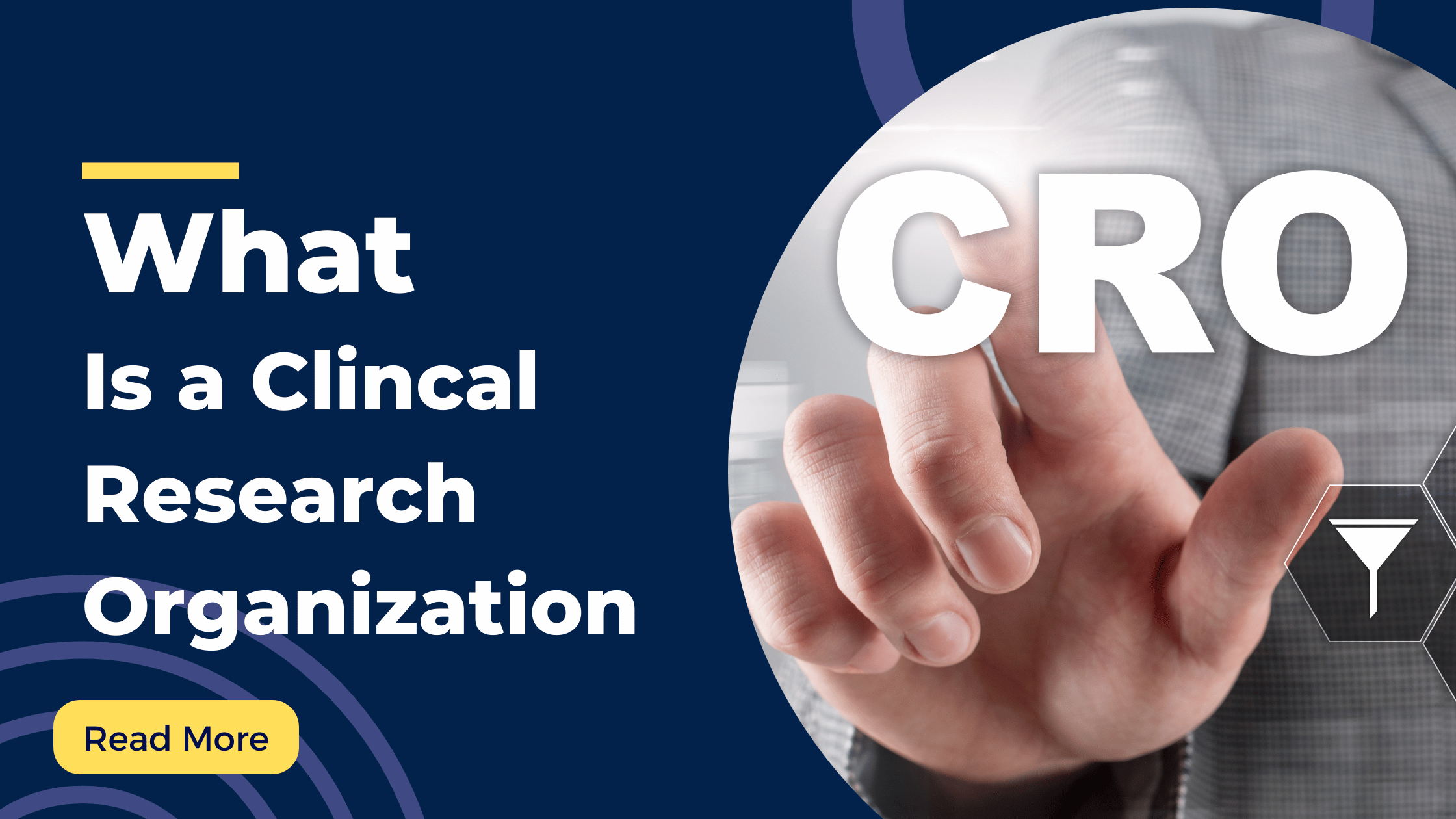
How To Choose The Best CRO? The selection of the appropriate Clinical Research Organization is one of the critical decisions i...

What is a CRO? Clinical Research Organization is a Contract Research Organization that provides services to pharmaceutical, bi...
